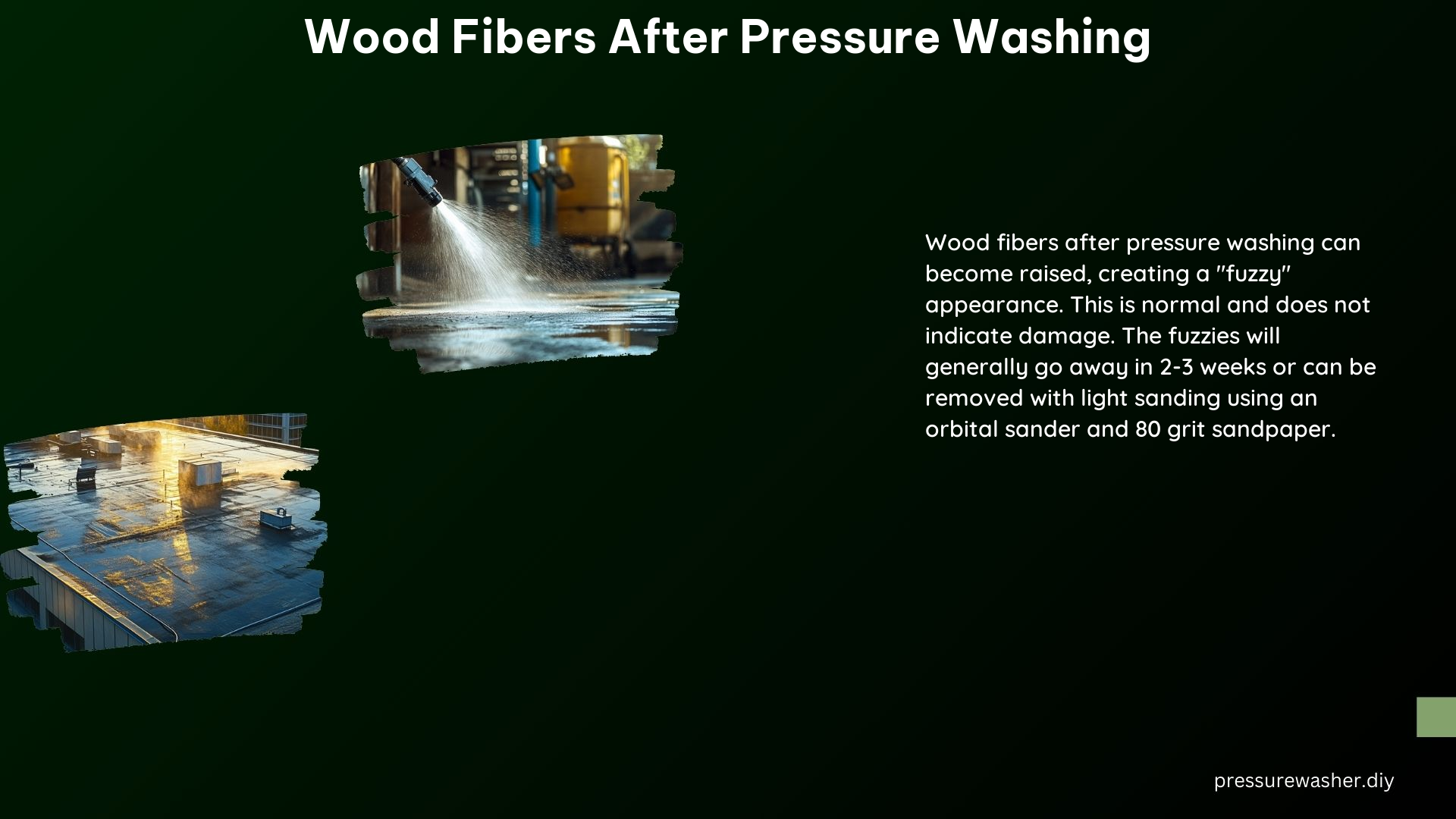Pressure washing is a popular and effective way to clean and restore the appearance of weathered or damaged wood decks. However, the high-pressure water can sometimes lead to the formation of fuzzy wood fibers, which can be unsightly and challenging to address. In this comprehensive guide, we’ll delve into the causes of this issue, provide step-by-step solutions for fixing it, and offer practical tips to prevent it from occurring in the first place.
Causes of Fuzzy Wood Fibers
Pressure Washing
The primary culprit behind the formation of fuzzy wood fibers is the high-pressure water used during the pressure washing process. The intense force of the water can tear and raise the wood fibers, creating a fuzzy, uneven surface.
Weathering
Over time, wood decks exposed to the elements can develop a layer of dead wood cells on the surface. When this layer is removed during pressure washing, it can lead to the appearance of fuzzy fibers.
Mildew and Oxidation
The presence of mildew and oxidation on the wood can further exacerbate the issue, as these factors can increase the likelihood of fuzzy fibers after cleaning.
Fixing Fuzzy Wood Fibers

Sanding
One of the most effective ways to remove fuzzy wood fibers is to lightly sand the deck using an orbital sander and 80-grit sandpaper. This process helps to smooth out the uneven surface and restore the wood’s natural texture.
Waiting
In some cases, the fuzzy fibers may disappear on their own within 2-3 weeks, as the wood fibers settle and the deck dries out. This is particularly true for decks that have been properly maintained and are not severely weathered.
Proper Cleaning Techniques
Using the correct cleaning methods can help minimize the occurrence of fuzzy fibers. This includes applying a deck cleaner specifically designed for wood surfaces and using a lower pressure washer setting (typically between 300-3,000 PSI, depending on the wood’s condition).
Preventing Fuzzy Wood Fibers
Regular Maintenance
Regularly cleaning and maintaining your deck can prevent the buildup of dead wood cells and mildew, reducing the likelihood of fuzzy fibers. This includes routine sweeping, cleaning, and inspecting the deck for any signs of damage or deterioration.
Proper Staining and Sealing
Applying a high-quality stain or sealer to your deck can help protect it from the elements, including UV radiation, moisture, and temperature fluctuations. This can significantly reduce the risk of fuzzy fibers and extend the life of your deck.
Technical Specifications
Pressure Washer Tips
When using a pressure washer to clean your deck, it’s important to use a 25-degree nozzle or less. This wider spray pattern helps to distribute the water pressure more evenly, reducing the risk of damage to the wood fibers.
PSI Levels
The recommended PSI (pounds per square inch) levels for cleaning wood decks range from 300 to 3,000, depending on the condition of the wood. It’s essential to start with a lower PSI setting and gradually increase the pressure as needed, carefully monitoring the results to avoid over-pressurizing the wood.
Additional Tips
Avoid Bleach
Bleach can be highly damaging to wood fibers and should never be used for cleaning wood decks. Instead, opt for deck-specific cleaning products that are designed to be gentle on the wood.
Use the Right Cleaning Products
When selecting cleaning products for your deck, choose ones that are specifically formulated for wood surfaces. These products are less likely to cause damage to the wood fibers and can help maintain the deck’s appearance and longevity.
References
- Pressure Washing Dirty Wood
- Deck Fuzzy After Power Washing
- Wood Furring
- Common Questions About Deck Cleaning
- Why Does My Deck Look Fuzzy?
By following the guidelines outlined in this comprehensive guide, you can effectively address and prevent the issue of fuzzy wood fibers after pressure washing your deck. Remember to always prioritize safety, use the right tools and techniques, and consult with professionals if you’re unsure about any aspect of the process.
